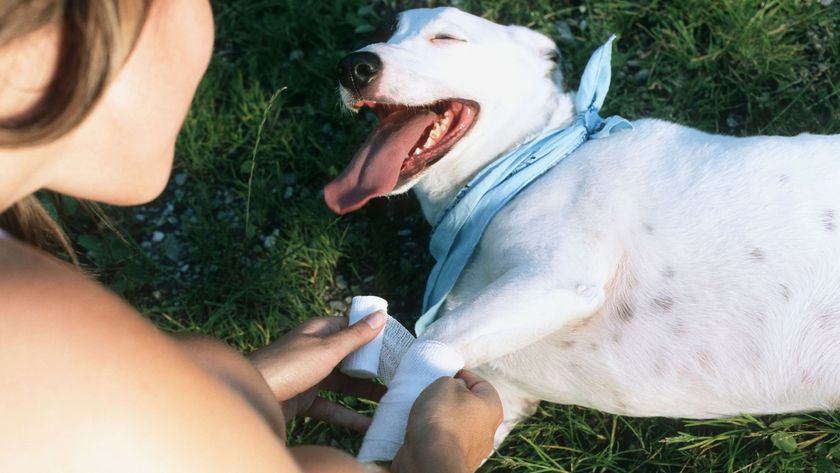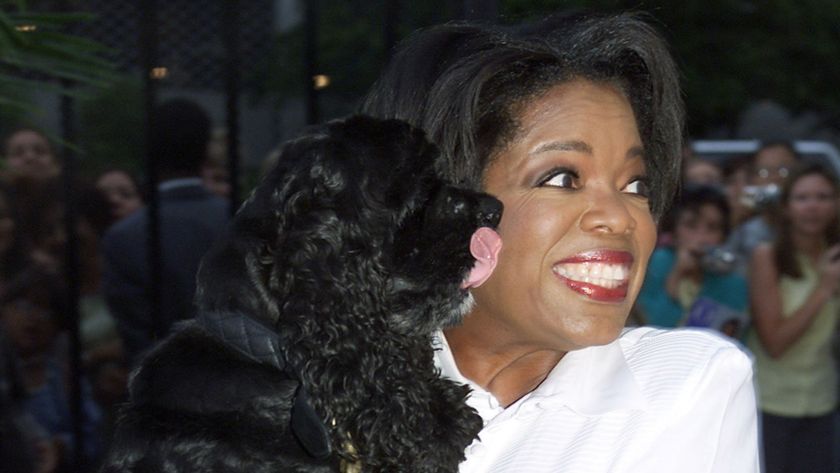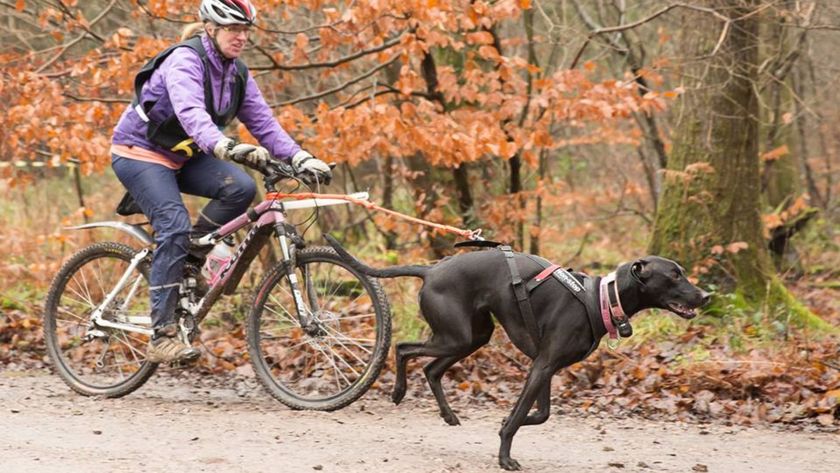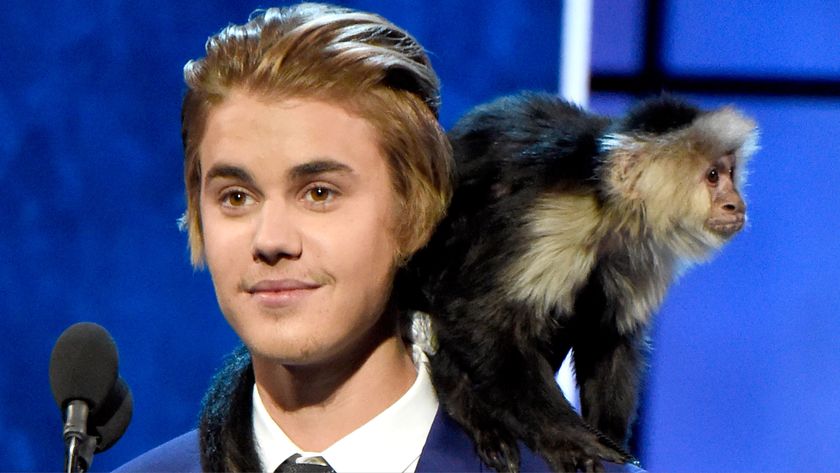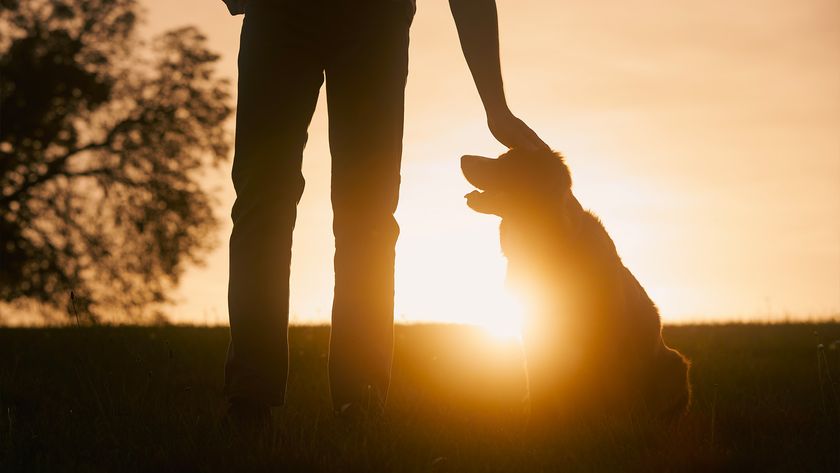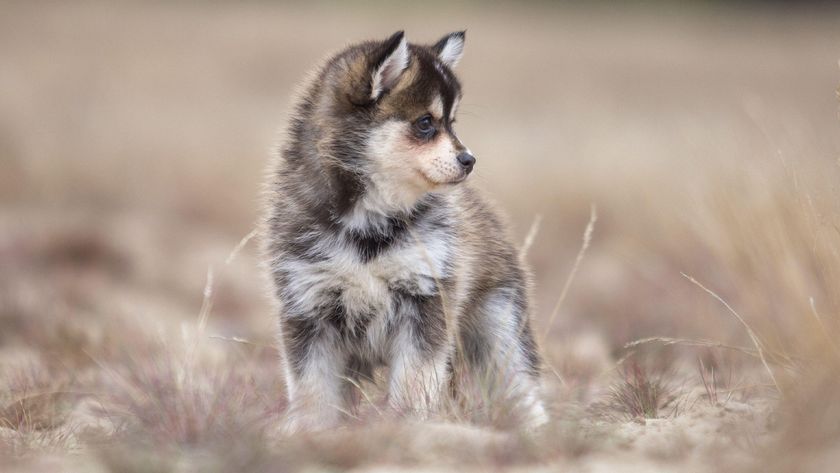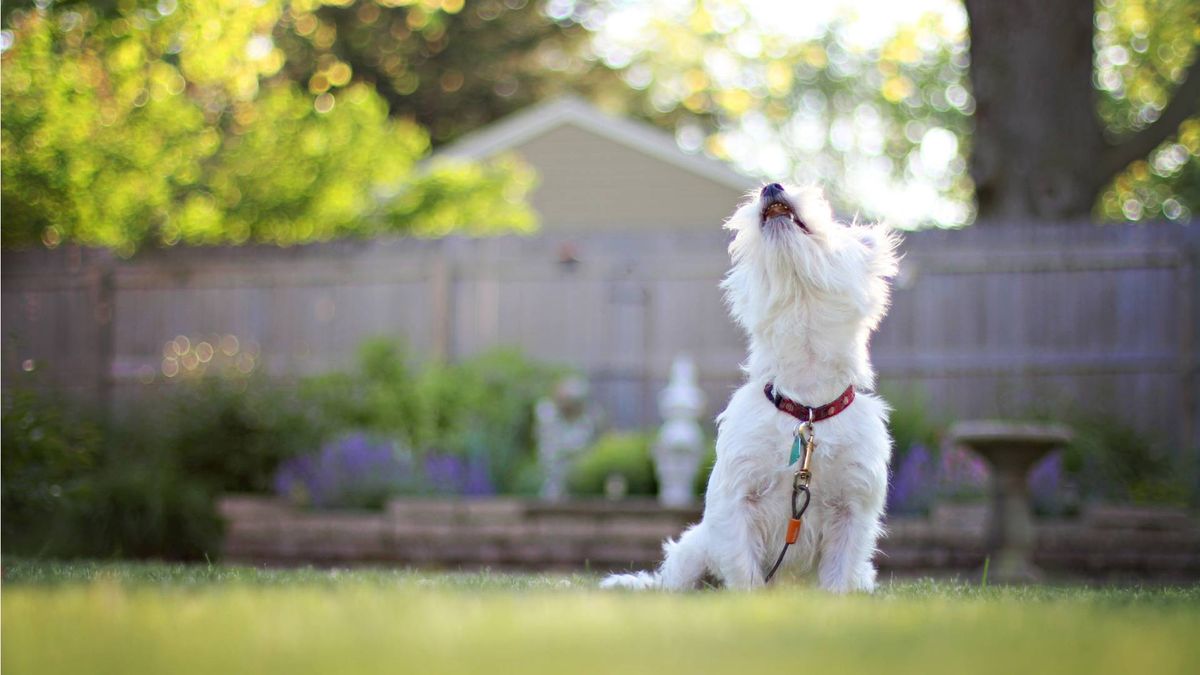
Dixie is a small rescue lurcher who I brought home six months ago, and while I’m very proud of how far we’ve come, she still has some areas of life that she finds scary. The biggest challenge that we had to work on was her fear of other dogs, particularly while on a leash. She would bark and growl at any dog who approached her, as she couldn’t run away if she needed to.
Even when off her leash, she wasn’t interested in socializing with other dogs, particularly when there was more than one. If a boisterous dog ran up to her she would put her tail between her legs and skip away or bolt and hide behind me. I wasn’t sure what I needed to do, if I needed to treat her as reactive and work on calming her reactivity, or if I should accept that she was a nervous dog and take her on walks where we were unlikely to meet anyone.
What we did: leash walking
I started by taking Dixie out of the way of other dogs while we were pavement walking: pulling in behind a parked car and allowing the other dog to pass while Dixie observed. I rewarded her for good behavior (no barking) and slowly the barking lessened. At the start, she barked at every dog we saw, but with lots of treats and praise, she stopped.
From this point, I began to slowly phase out “stopping and observing” and began to reward Dixie when we calmly walked past other dogs on the pavement. Being sandwiched between cars and buildings, on a leash with nowhere to escape was stressful for Dixie when faced with an unfamiliar dog, so ignoring them was a big step for her.
Now, when we walk past another dog, Dixie has no interest in confrontation, even if that dog is barking at her.
What we did: off-leash
Once I was confident with Dixie’s social skills on the leash, I took her to some fields where she had plenty of space to run. She was never as barky off-leash as she was on, but she tended to avoid interacting with other dogs when she could help it, but this progressively melted away. We started off walking alone, but as the weeks and months passed, we saw the same dogs and owners every day and Dixie began to make friends. Again, she was rewarded for every positive interaction we had, and I would step in and remove her from any negative ones.
Now, she (and I) have a group of owners that we walk with, allowing the dogs to play, sniff, and socialize with each other in a low-pressure setting. If we see these dogs out and about (on a leash, in unfamiliar territory) she is delighted to see them and greets them with the same enthusiasm as she does in the field. In short, she has friends now, something I never thought would happen for her.
PetsRadar Newsletter
Get the best advice, tips and top tech for your beloved Pets
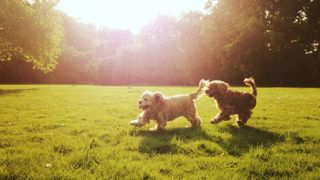
Where we go next: fear
I interviewed Barking Heads dog behaviorist Adem Fehmi and realized that, while Dixie is a much more confident dog, we still have a way to go.
Adem explained that while it’s good that Dixie’s fear of other dogs has subsided, her other fears are likely to feed into one another. For instance, when I take Dixie home to visit my family and their dogs, she wants absolutely nothing to do with them and will bark and growl, much like she did with all other dogs when I first got her.
When we discussed this issue, Adem explained that Dixie is probably feeling overwhelmed and that while she can handle dealing with one trigger at a time, when we start stacking those triggers on top of one another, she’s likely to regress to a fearful place.
Applying this logic to a trip to my parent’s house, I realized that Dixie began her day stressed out by the car — she hates the car — and then had to face another of her deadly fears before even meeting my parents’ dogs: a hardwood floor. On top of this, she was not only meeting one dog, but three, and in an enclosed, unfamiliar space at that. Once Adem pointed this out to me, it was obvious: of course, she hates it. I would too!
Adem encouraged me to work on these other, less problematic fears with Dixie. While they don’t upset our day-to-day life much, her fear of the car and stepping on certain surfaces does affect Dixie’s confidence and contributes to her levels of overwhelm and her capacity to deal with difficult situations.
Matchmaking — finding the right friends
Adem stressed the importance of matching the “energies” of dogs who socialize. For instance, Dixie’s two best friends are high-energy collies under the age of two, who love to run around with her and spend time playing in the mud. Other dogs can join this group and the dynamic doesn’t shift too dramatically, but Dixie is clearly much happier and in her element with these similar-energy dogs than she is with a poodle or a spaniel, for instance.
Adem explained that mismatched energies can cause conflict between dogs, as they are on different wavelengths. An elderly toy breed isn’t going to have much in common with Dixie, a middle-aged, playful speed demon, but her young collie friends are looking for the same sort of thing from their interactions.
Adem also explained that Dixie relies on her speed to remove herself from any altercations and if another dog can keep pace with her, she panics and this is likely to knock her confidence and cause a regression.
She has had a couple of experiences where other lurchers have chased her and struggled with her confidence around other dogs for several days after. These experiences may have taken her back to a place where she felt suspicious of all other dogs and wanted to keep her distance, much as she was when I first brought her home. She’s faster to bounce back now when spooked in this way, but I still try to avoid certain dogs that I know will try to chase her.
Enjoyed this? Don’t miss 5 mistakes I made with my reactive dog and five things I’ve learned as the owner of a reactive dog. We've also shared some advice if your dog won't stop barking.

Owner and founder of Dog-ease, Adem’s passion and fascination with dogs started as a young child and since then he has studied, observed, worked, lived with, and breathed these amazing creatures. Lucky enough to get his first dog at the age of nine (raising the money himself by washing cars and running errands in the local neighbourhood!), he soon learnt two important lessons: 1) That owning a dog was extremely important to him when life got tough and 2) that owning a dog was not always easy and that there was a need to develop a common language between human and dog so that each clearly understood the other.

Lou is an experienced writer and keen dog lover who works at PetRadar's sister sites, LiveScience, Fit And Well and Coach. When Lou isn't covering health and fitness, she's busy spending time with her rescue lurcher, Dixie, horse riding or growing all kinds of veggies and flowers on her allotment.
Lou grew up with dogs and got her first dog in 2023 after many months of searching. Dixie is a six-year-old brindle greyhound lurcher (with lots of saluki mixed into her DNA too). Dixie was very uncertain and nervous when she first came home with Lou, who is her third owner, but after lots of time and care, she is now a happy, confident dog (with lots of canine and human friends!)


